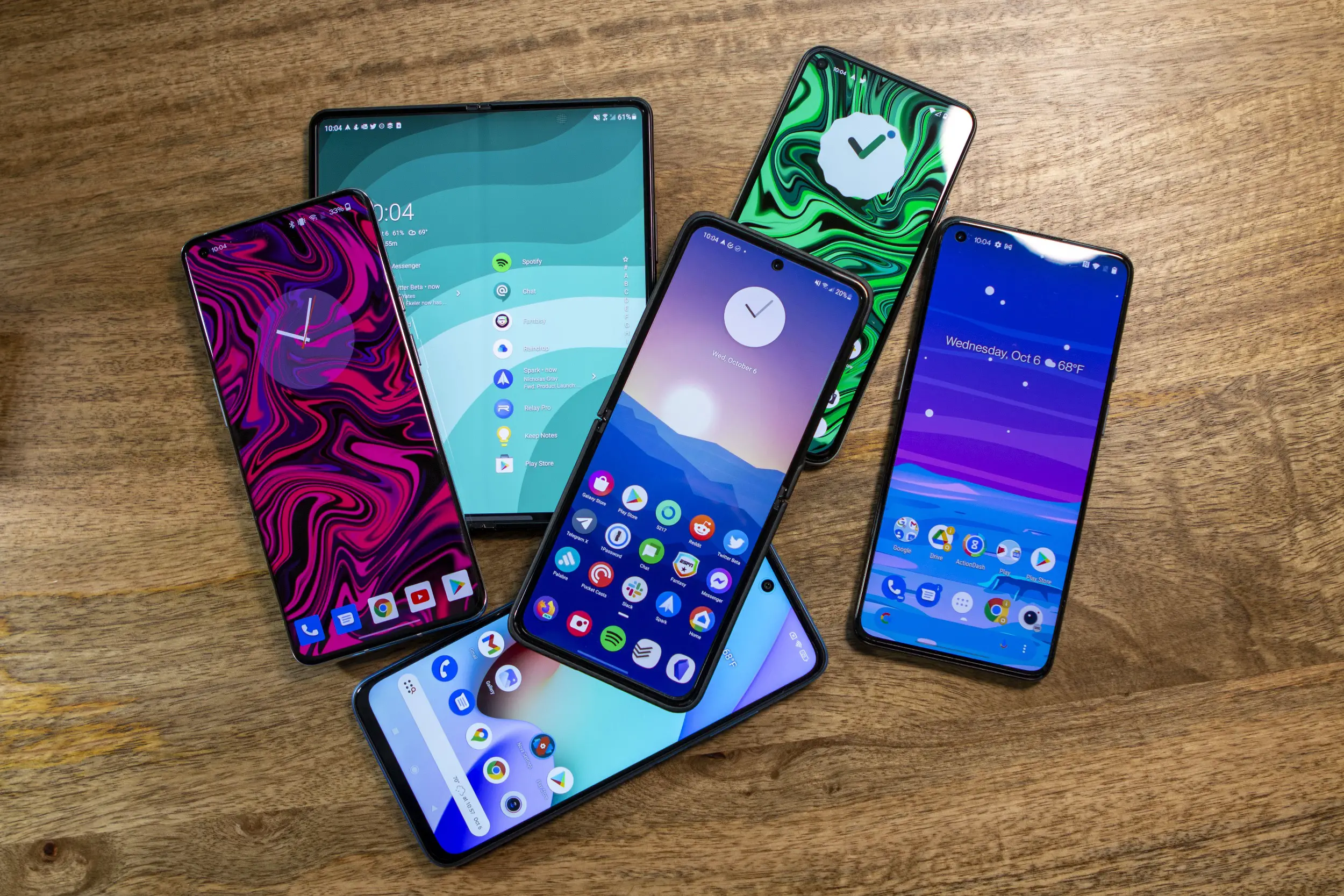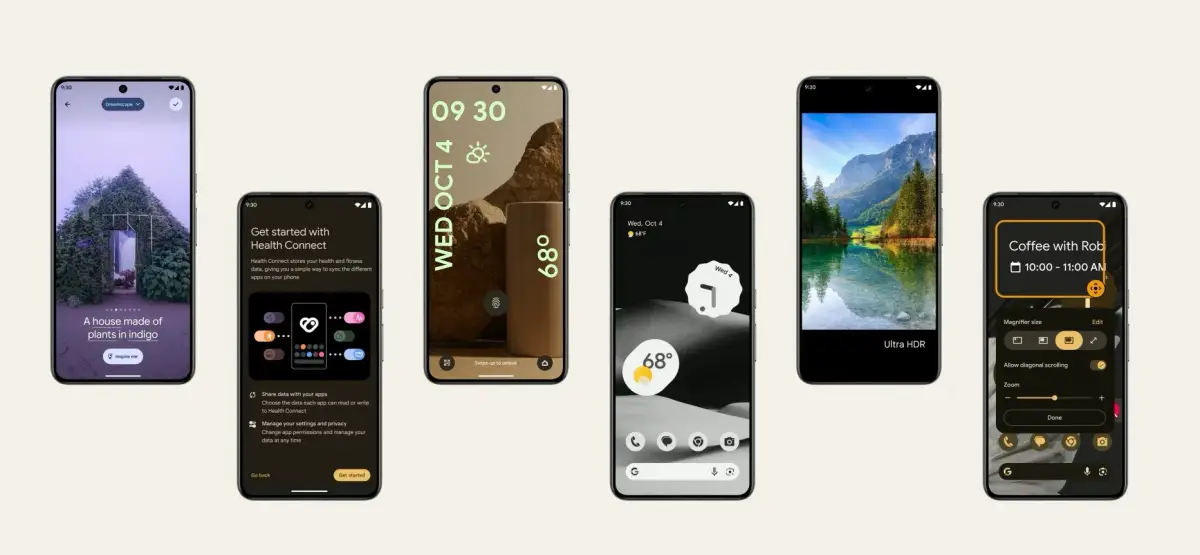One of the debates between iOS and Android is how when it comes to software updates, Apple’s seamless approach “trumps” Android’s more fragmented landscape. Apple’s update practices are commendable and impressive, especially when you consider the millions of iPhones out there, but at the same time, maybe this is a debate that doesn’t hold as much weight amongst Android users. Here’s why.
It’s all about customization

Apple undeniably excels in delivering timely software updates to its entire ecosystem. If the latest version of iOS is released today, Apple doesn’t even need to prompt its users to update as many will rush to update as quickly as they can. This ensures that iOS users receive the latest features and security patches the moment they become available. However, the price to this approach is customization.
Android’s update process may lag behind, but thanks to its open-source nature, it allows for an unparalleled degree of flexibility and customization.
One of the strengths of Android is the ability for users to tailor their devices to their exact preferences. From tweaking the user interface to installing third-party apps outside iOS the Play Store, the customization options are virtually endless. This can be taken even further with custom ROMs. These ROMs introduce functionalities and features that are not part of Android. In fact, there have been some instances where Google “borrowed” some ROM features and made it part of Android.
Not everyone is bothered
The reality is that not every feature introduced in Android updates will be used by all users. While new features are exciting, if they don’t fit into our daily routine, it might as well not exist. Speaking with friends and family, it seems that the lack of updates don’t really bother them.
Some have also pointed out that while they would like to receive the latest updates, third-party apps already allow them to achieve what they want to do from their phones. Some of them are aware that there is a new version available.
They might miss out on features like OS themes or PiP, but since their devices aren’t eligible, there’s really not much they can do.
Based on this, it feels that the speed of updates becomes less important versus the actual impact on the user.
Updates still matter

However, it’s important to note that updates still matter. For instance, security patches help prevent the exploitation of malware and security flaws. Updates are also important as it can offer overall improvements. For example, updates can refine existing features and functions. Smoother animations, enhanced security measures, improved accessibility options, and optimized battery management are just a few examples.
Sometimes updates aren’t necessarily about fancy new features that you see everyday, but the things it does behind the scenes.
Conclusion
At the end of the day, Android’s perceived fragmentation is not necessarily a bad thing. Sure, it can be annoying to see other Android phones get the latest software update while you’re stuck on an older version for months. But at the same time, Android users have a myriad of ways to customize and make their devices truly their own. This means that even if updates come slow, or if their devices aren’t even eligible for updates anymore, it’s not the end of the world.








Comments